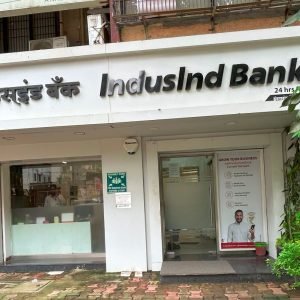In a discussion paper titled ‘Banking Structure in India – The Way Forward’, the central bank said that the new structure would focus on ensuring that the structure remains resilient and promotes financial stability.
As per the proposal, the first tier may consist of three or four large Indian banks with domestic and international presence along with branches of foreign banks in India.
Mid-sized banks, including niche banks with economy-wide presence is expected to form the second tier, while the third tier may comprise of old private sector banks, regional rural banks and multi-state urban cooperative banks (UCBs).
Many small privately owned local banks and cooperative banks are likely to be included in the last and fourth tier of the proposed banking structure.
The RBI is also considering reducing its current 51% ownership threshold in state-owned banks, with an effort to trim the country’s financial burden and bring the consolidation in banking sector.
Giving a push to private banks, RBI said, "Going forward, there is a better pay — off in enabling PSBs to improve their performance while promoting private sector banks."
It further added, "Government may consider options from menu of choices available such as issue of non-voting equity shares or differential voting equity shares, adopting financial holding structure or diluting stake in public sector banks."






